It can be all too easy in the modern age to unknowingly pack on the pounds; especially around your waist. Fast food, processed snacks, takeaway deliveries and all manners of other high-calorie treats mean that you can gain weight without even noticing at first. Before you know it, it’s too late and suddenly you’ve got a little bit more around your tummy than you bargained for.
However, you should know that you’re not alone. Many people struggle with being overweight nowadays. Luckily for you, there are ways around it to help you fight the fat off and beat the bloat.
There are four main categories that come into play when we’re discussing how to get a flat tummy:
- Total calories
- Macronutrients
- Food quality
- Exercise
As you can see, diet makes up three quarters of this list. What you eat will be the most important contributing factor towards getting a flat tummy. Though effective, exercise is really just the cherry on the cake. Exercise will help sculpt and tone your tummy, but your diet will get it flat in the first place.
Let’s take a look at each category in order of most to least important.
Flat Tummy Diet
Calories
Calories are the most important factor when it comes to losing weight. Your calorie balance is determined by how many calories you take in through eating and how many you expend through exercise. In order to drop fat, you need to eat less calories than you expend. This means going into a calorie deficit.
Now, to make sure that this happens, many people like to count calories. You don’t have to, but it can be a very easy and effective way to stay on top of your calorie balance. There are many apps you can use to do this such as MyFitnessPal. These will let you monitor each of your meals and track your workouts. They’ll even give you a calorie goal to work towards so you know exactly how many calories you need to eat each day in order to lose fat. After a while of knowing how many calories are in what foods and what meals, you’ll no longer need to count calories; you’ll simply be able to eyeball it and roughly estimate your daily calorie intake.
Use Your Hand to Estimate Your Portions
If you don’t want to track calories, then you can instead use your hands to estimate what your meals should be made of. Here’s a handy guide for each meal, assuming you have four meals a day:
Men
Protein: two palm sizes
Vegetables/Fruits: two fist sizes
Carbohydrates: two cupped handfuls
Fat: two thumb sizes
Women
Protein: one palm size
Vegetables/Fruits: one fist size
Carbohydrates: one cupped handfuls
Fat: one thumb size
Try this guide for a week and see how you feel. If your weight reduces, then you know you’re on the right track. If it stays the same or even increases, then reduce your portion sizes.
Alternatively, you can try the time restricted eating. This simple method helps you to lose weight without counting calories.
Macronutrients
Macronutrients are the next most important category when it comes to getting a flat tummy. This term refers to protein, carbohydrates and fats. Each macronutrient has a specific use within the body and all are important for sustaining healthy weight loss.
Protein
Protein is used to increase lean body mass. One of the best ways to lose fat is actually to increase muscle mass. Fat places no metabolic requirements on the body, meaning that it costs the body no energy to keep it. However, muscle requires constant upkeep and therefore, increases your metabolism simply by being on your body. More muscles mean an increase in metabolic rate and an increase in metabolic rate means more fat loss.
Fat
Fat is important for keeping your hormones functioning properly. Without an adequate intake of fat, you can become fatigued, lethargic, moody, depressed, stressed and hungry. This macronutrient was demonized for a long time as it contains the most calories per gram (9) compared to protein (4) and carbohydrates (4). It was also thought to clog your arteries and make your heart stop. However, this has since been proved untrue with many people choosing a low-carb approach to their diet as opposed to a low fat approach.
I would suggest not following any extremes and instead, aim to get a moderate intake of both macronutrients as they will both help in different ways. Also, eliminating an entire macronutrient or heavily limiting it at least can make your diet harder to stick to. So, you’ll be more likely to sustain your weight loss by simply eating in moderation as opposed to taking a more drastic approach.
Carbs
Finally, we have carbohydrates. As the fitness industry likes to latch onto any fad that it can in order to take your money, as soon as people realised that fat wasn’t bad for you, the finger pointed to carbohydrates. This is why diets like Atkins and paleo became so popular. They limit your intake of carbohydrates. Though it is possible to live low-carb on a paleo diet, it is a lot trickier. Carbohydrates are important for exercise and brain function. Of course, going overboard on carbohydrates can cause diabetes and fat gain. Yet, this is the same with any macronutrient.
Again, the most sustainable approach is to eat in moderation and then slowly work out how your body responds to different foods and ratios of macros. Some people may feel better on higher carbs and lower amounts of fat whereas others may need slightly less carbs and higher fats. You’ll begin to work out what’s right for you over time, but for getting a flat tummy, no one macronutrient needs to be abolished from your diet.
Food Quality
In this instance, food quality refers to how nutritious the foods are that you’re eating. It doesn’t mean fresh vs frozen or organic vs non-organic. It means the value of the calories you’re getting. For instance, you can eat 200 calories in a single Kit-Kat or in two apples. The latter will be far more nutritious due to its vitamin and mineral content and therefore, a higher quality.
Now, food quality does and doesn’t matter.
The reasons it does matter is that getting enough micronutrients (vitamins and minerals) as well as fibre in your diet will help prevent bloating, stress, lethargy and bad sleep – all of which contribute to a flat stomach.
However, food quality does not matter when it comes to losing weight. The only factor that matters when it comes to lowering the number on the scales is your calorie balance. You can lose weight eating crisps, pizza, doughnuts and cookies as long as you stay under your calorie expenditure. Will this food be as good for you as vegetables, fruits, nuts, lean meats and fish? No. Nor will it contain the right amount of fibre to reduce bloating.
The reason that it is important to understand this is that too many people take a very drastic approach to their diet where they eliminate too many foods. How many times have you tried to lose weight and only eat ‘clean’ only for it to fail as soon as you come off the diet and binge on all the foods you’ve missed? You can still enjoy less-than-optimal foods such as cakes, sweets, chocolate and ice cream without it sabotaging your weight loss.
The best method to follow is called the 80/20 rule. This means that 80% of the time you eat natural, healthy foods packed with fibre, vitamins and minerals. Then 20% of the time, you allow yourself some of life’s less-nutritious delicacies.
Exercises for a Flat Tummy
Now, once you’ve lost some of the fat from around your waistline, you’ll want to tone and shape your tummy. Think of your body as a sculpture waiting to be sculpted. Your diet will break the rock into the right form, but exercise will sculpt your body into the art it’s supposed to be.
There are three key muscles in the core that the following exercises will help with:
1. Rectus abdominis – these is what we usually refer to as the ‘six pack’. They help to flex the spine i.e. bring the pelvis closer to the chest. Think of your standard crunch movement; this is where the rectus abdominis are most heavily recruited.
2. Transverse abdominis – this muscle lies underneath the rectus abdominis and can’t actually be seen. This is why it’s so often not targeted in abdominal exercises or core workouts. However, it plays a key role in keeping the tummy tight and flat. The transverse abdominis wraps around the spine and locks it in place. If this muscle is weak, then it can leave you at a much greater risk of serious injury. It’s also the main muscle in keeping a flat stomach. It’s even sometimes referred to as the ‘corset’ muscle. So, neglecting this key component of the core can cause real issues when in search of a smooth stomach.
3. External obliques – the external obliques sit on the side of the torso and are involved in flexing the spine sideways as well as twisting it. The obliques are what create that nice v-shape which gives the appearance of a slimmer waist.
All exercises will involve all the muscles listed above. However, some will target particular muscles over others. Making sure that you work all three equally will be very important in developing a tight midsection.
I know that you are all here to see some tummy flattening exercises. So, without further ado, here are 10 exercises for a strong and toned stomach:
Plank
Start in the same position as you would begin a push-up with your hands directly underneath your shoulders. Make sure to keep a tight core, rigid legs and engaged glutes. Look directly between your palms at the floor. It helps to imagine a piece of string running from your pelvis through your spine and to the top of your head.
The plank is the king of core exercises. It works everything from your arms to your shoulders to your abs to your back to your legs. No muscle is left untouched. Also, as your stomach is working against gravity, your abs are forced to draw your tummy in which is vital for keeping it flat. Hold for 30 – 90 seconds.
Hanging Knee Raises
Find a bar and hang from it with your hands about shoulder length apart. Raise your knees to your chest by using your abs. Make sure not to use your legs so as to work your core as much as possible. Repeat 8 – 20 times.
This exercise really hits your obliques and rectus abdominis. If you find this exercise too easy, then you can straighten your legs to increase the leverage.
Hollow Body Hold
The hollow body hold is a favourite among gymnasts for developing a strong midsection. It involves laying on your back with your arms overhead and feet together. From here, raise both your feet and your hands into the air to make a banana shape. Hold for 20 – 60 seconds.
You can make this exercise harder by holding weights in your hands or between your feet.
Side Plank
Whilst the normal plank focuses on the transverse and rectus abdominis, the side plank hits the obliques harder.
Similarly to the normal plank, start in a push up position with your hands placed shoulder width apart and your feet tightly together. Now, come down onto your forearms and lift yourself to one side so that only one arm and one leg is against the ground. Hold for 30 – 90 seconds.
Bird Dog
The bird dog is another powerhouse movement that works the back, arms, shoulders, legs and abs.
Start with your hand on the ground placed shoulder width apart and your knees also against the floor aligned with your palms. From here, raise one arm forwards as you kick the other legs backwards. Hold for a second and then repeat on the other side. Repeat 12 – 20 times on each side.
Superman Hold
The superman hold is essentially a hollow body hold in reverse. This means that it hits your back a bit more in order to balance out your entire midsection.
Start on your front with your arms in front of you, palms open and against the floor. Next, raise your legs and arms at the same time to create another banana shape. Hold for 20 – 60 seconds, pause and then repeat.
Pulse Ups
This exercise is a great way to hit your rectus abdominals without any equipment. Lie on your back with your legs straight and hands resting underneath your pelvis between you and the floor. Next, raise your legs into the air so that your feet point towards the sky.
If you don’t quite have the flexibility in your lower body, then you can slightly bend at the knees to make the movement easier. Now, ‘pulse’ upwards by contracting your abs and raise your pelvis off the floor. Repeat 10 – 20 times.
Cable Crunches
Cable crunches are the only exercise on this list which requires equipment. So, make sure that you have access to a gym or avoid this exercise and use one of the others listed. Cable crunches allow for you to add weight to your normal crunches in order to gain strength. This makes them easily scalable so they’re perfect no matter what your skill level.
Use the rope attachment for the cables and face towards the cable machine. Hold the ropes from the front so that they come down on either side of your neck. Now, flex your spine and crunch forward by trying to touch your chest to your pelvis. Repeat 12 – 20 times.
Ab Crunches
If you don’t have access to a cable machine, then the next best thing is the humble ab crunch.
Lie on your back with your knees bent and feet flat against the floor. Place your fingertips behind your ears and raise your head and shoulders toward the ceiling. Don’t lift your entire back off the floor, only your upper back. Repeat 12 – 20 times.
Mountain Climbers
The last exercise works great as a finisher move for any ab workout. It involves the rectus abdominis and obliques equally and is designed to really give you that burn.
Begin in a plank position and remember to engage your glutes and abdominals. Now, bring one knee to the corresponding elbow before placing your foot back on the ground. Repeat on the other side. Try to pick up the pace in order to build a real sweat and burn more calories. The faster you go and the more reps you complete, the more fat you’re burning. Repeat 12 – 20 times on each side. Though, you can do more reps if you want to in order to feel more of a burn and get your heart racing faster.
Feel free to design a workout using these exercises. They will strengthen and slim your waist whilst burning the unnecessary fat from it.
Always start off slowly! At the beginning, use only three exercises for a tummy! Try to also include exercises for the other muscle groups like chest, legs, back, etc. It will be better for your muscle balance.
Work out at home, gym or wherever you can.
How often do you exercise to get a flat tummy?
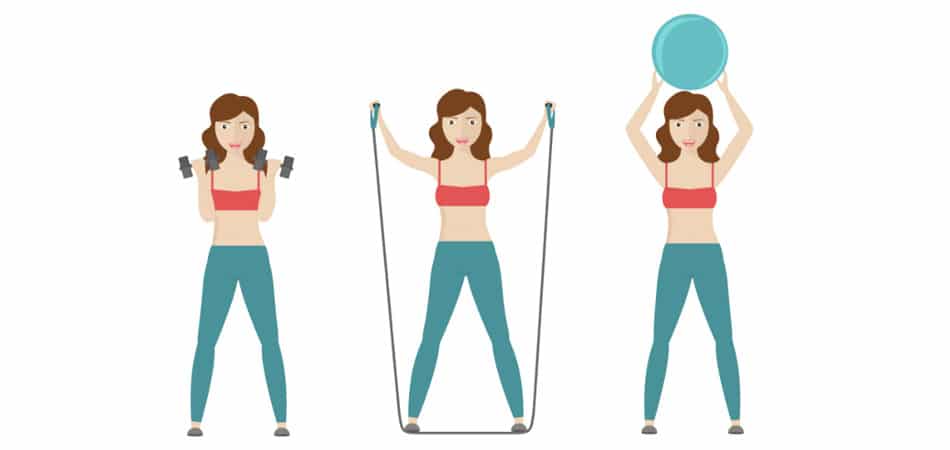
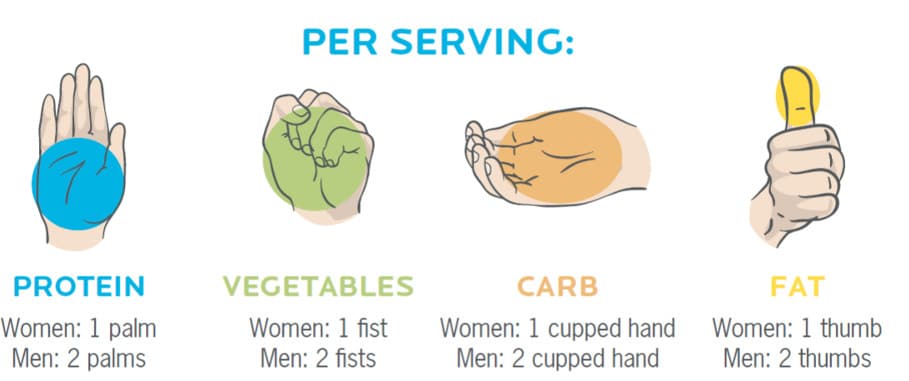
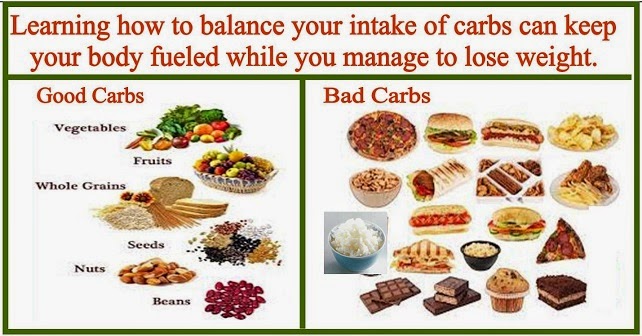
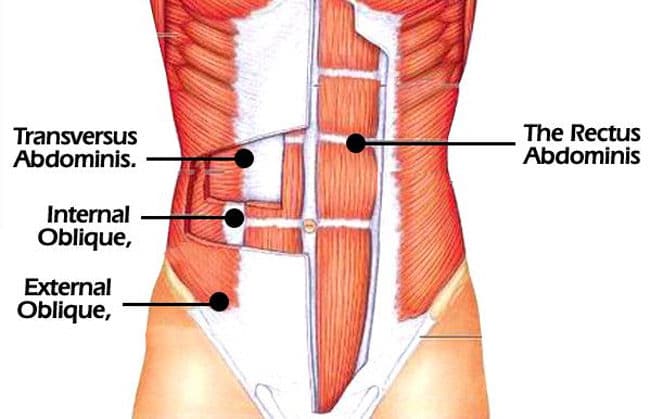
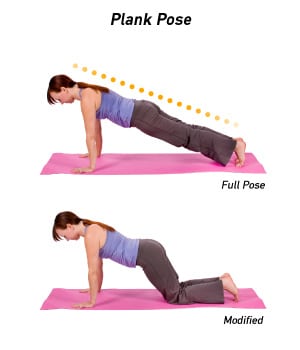
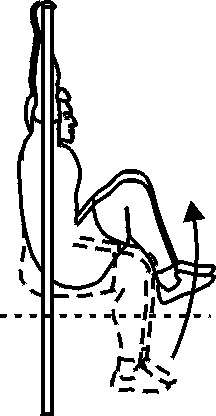
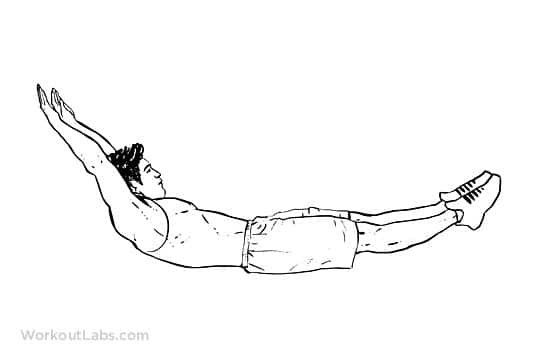
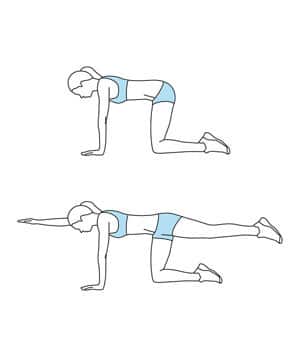
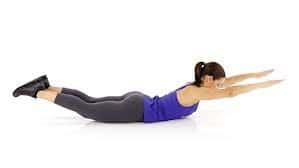
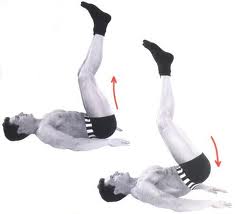
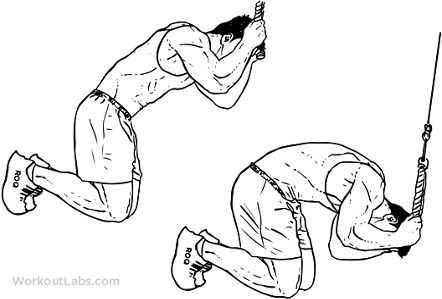
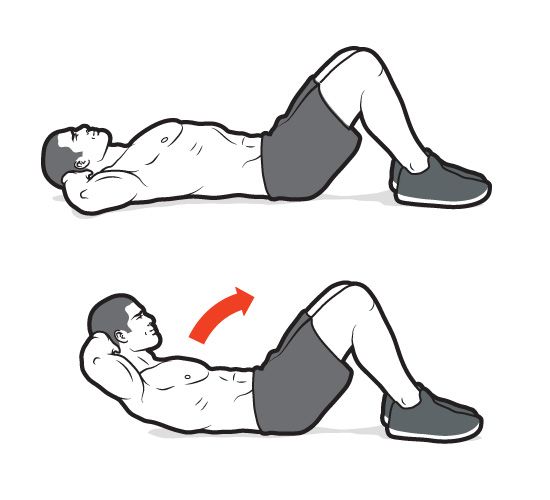
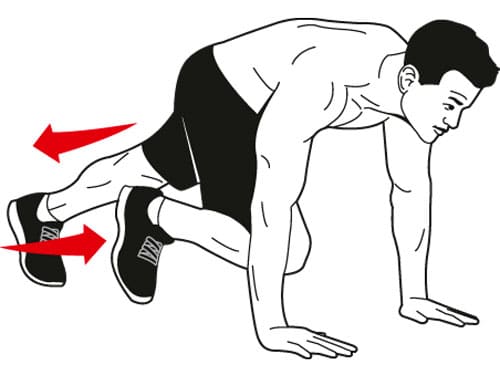
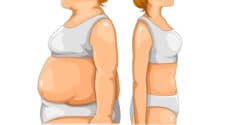



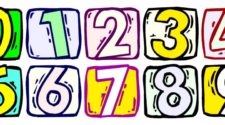

Leave a Reply